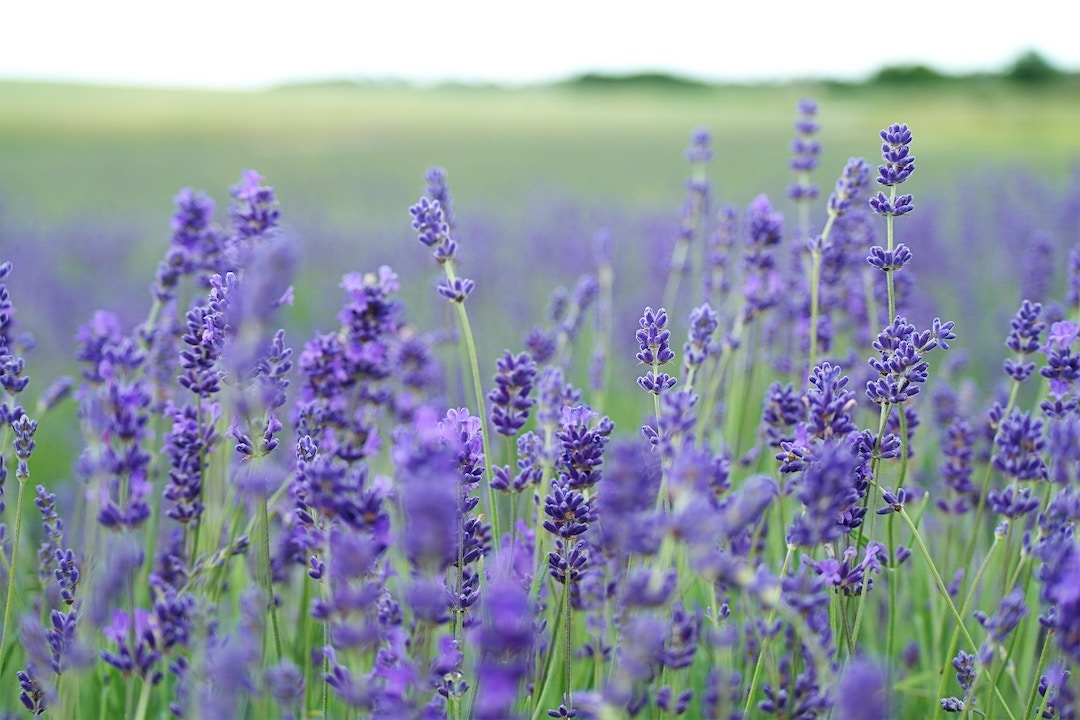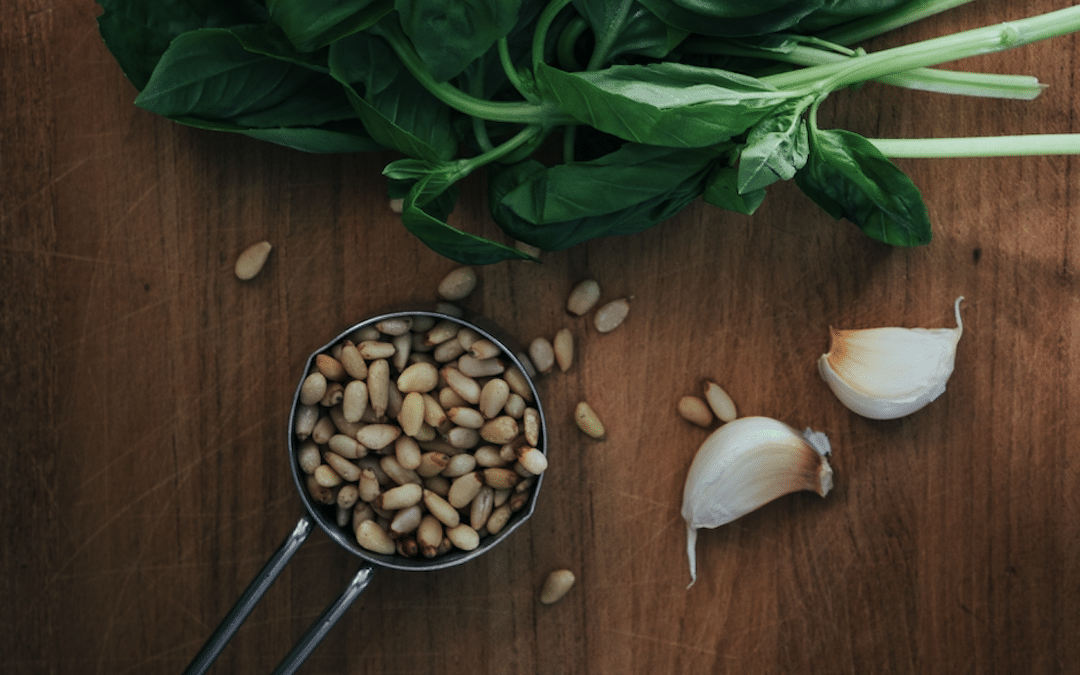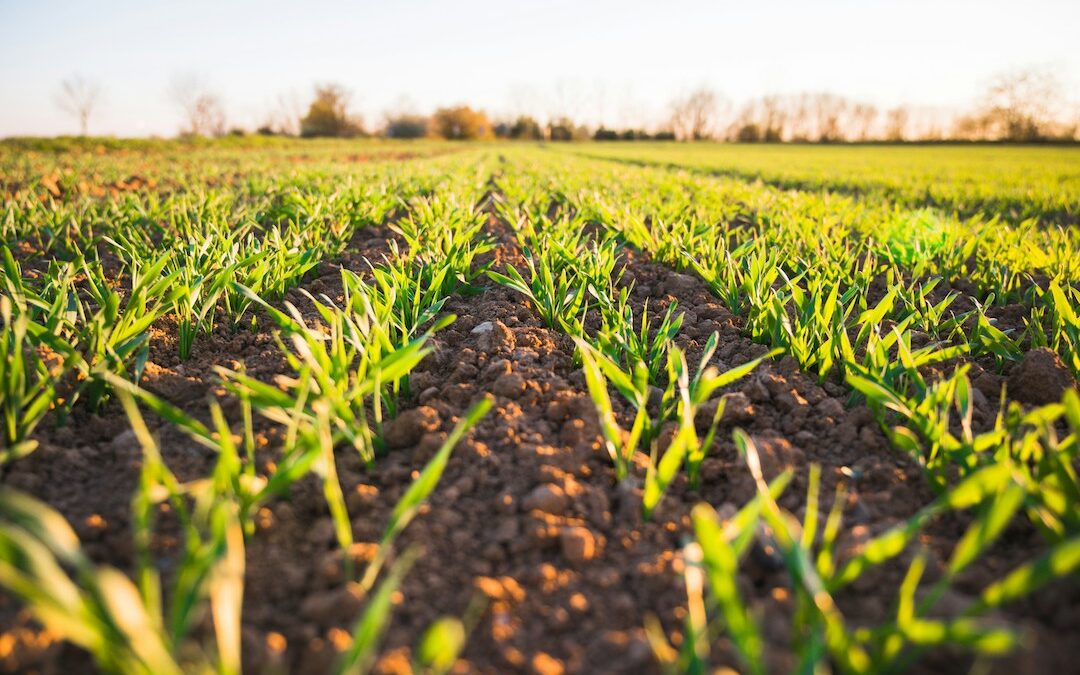This guide to Australia’s emerging agricultural industries has everything you need to keep up to date with the country’s vibrant community of growers.
From pine nuts to pomegranates, there’s plenty to be excited about when it comes to the future of agricultural production.

Plant-based meat
Plant-based meat is created using legumes, wheats, oilseeds and vegetables, resulting in a product with a similar taste and consistency to traditional meat. Studies have shown that incorporating plant-based foods into your diet can increase overall health and prevent cardiometabolic diseases. It is also lower in fat and higher in fibre than traditional meats.
In recent years, the demand for plant-based products has increased exponentially. In fact, the CSIRO has predicted that market value will reach $6 billion by 2030. While there were less than five Australian brands offering plant-based meat products in 2017, this number has now grown to more than 30, highlighting the rapidly developing market potential.
According to Dr Simon Eassom, CEO of Food Frontier, “this is a food industry that’s continuing to innovate and adapt to consumer tastes and budgets.”

Pomegranate
Currently, the Australian pomegranate industry is worth $10.4 million, made up of around 275,000 mature trees. The ruby-red fruit is becoming increasingly popular due to its many health benefits including anti-inflammatory and antibacterial properties.
However, in order to facilitate expansion, issues such as practice standards, quality control and market development will need serious attention. As a relatively small sector, industry standards have not yet been laid out, resulting in discrepancies between growers.
As such, AgriFutures Australia recently funded an Australian Pomegranate Management Guide, to determine the best course of action. According to Dr Kristen Stirling, author of the paper, the research will help growers to upscale their production.
“There is no perfect way to grow pomegranates, which is why we have provided the principles of food management which producers can tailor to suit their needs.”
This research will hopefully streamline efforts and result in a surplus of Aussie-grown pomegranates.

Coffee
It is a well known fact that Aussies love their coffee. Our coffee bean market is worth $1 billion annually, and Aussies consume 6 billion cups every year.
As the industry rapidly develops, it is gaining recognition on the international stage. This is largely due to the passionate growers who have created a distinctive flavour which speaks to the Australian climate.
According to Dr Olivia Reynolds, AgriFutures Australia Senior Manager of Emerging Industries, “Australian-grown coffee has unique and measurable terroir with a sweeter, more nutty and fruity flavour that coffee drinkers appreciate and enjoy.”
Similarly, growers have turned to sustainable farming practices to overcome the variable climate and high cost of production. These include water-efficient irrigation systems, organic farming practices and renewable energy sources.
Consumers shouldn’t be surprised to see more Australian coffee over the coming years, as farmers continue to improve their practices.

Camel Milk Halloumi from Summer Land Camels
Camel milk
Camel milk is a largely overlooked industry in Australia, although it contains great potential. Summer Land Camels, Australia’s biggest camel farm, reported a business revenue of $2.4 million in 2023, as well as 60,000 visitors to their facilities.
Camel milk is rich in nutrient and immune-boosting proteins, vitamins and minerals. Interestingly, it doesn’t contain β-lactoglobulin, the protein that affects lactose intolerant individuals, and thus can be consumed as a dairy substitute.
However, there are some hurdles when it comes to expanding this small sector. While cows can produce between 20-60 litres of milk a day, camels only offer around 3 litres. The process of turning this milk into cream or cheese is also significantly more difficult, leading to an increase in price and a reduction in output.
As such, Summer Land Camels has gotten creative, developing the world’s first Camel Milk Vodka. This industry is still in its infancy, but it’s worth keeping an eye on future developments.

Hemp
NSW alone is home to 1,200 hectares of land dedicated to hemp cultivation. In fact, hemp is used in more than 25,000 products spanning nine sub-markets, including everything from agriculture to construction to medicine.
Hemp is popular due to its environmental benefits. The plant contains two main components: the bark, which is used in textiles; and the hurd, which is used in mulch products. This significantly reduces the amount of waste in the growing period. The ‘low input’ crop is known to extract heavy metals and toxins from the soil, as well as sequestering carbon from the atmosphere. It’s fast growing and resilient to volatile weather conditions.
According to President of the Australian Industry Hemp Alliance, James Vosper, “the hemp industry is very much in its infancy in NSW but the potential for the state economy, and for jobs in regional areas, is largely untapped.”
Growing hemp has been legal in NSW since 2008, and the industry has continued to expand since then.

Lavender
Lavender is a versatile crop produced in six Australian states. Growing best in warm, temperate climates, the plant thrives in Australian conditions. While it can be used to produce fragrance, cosmetics, food and beverage, the biggest market remains lavandula oil. According to research, oil is set to increase in global value from US$153.3 million to US$220 million between 2020 and 2027.
However, Australia’s lavender industry suffers from a lack of up-to-date research. The most recent report was undertaken in 2011-2012. Since then, a thorough examination of the industry hasn’t been completed, making it difficult to determine the contribution of lavender to the domestic market, and the work of producers.
However, this has not deterred experts who believe that the industry contains serious potential. Dr Veronica Borrett, Senior Director at the La Trobe Institute for Sustainable Agriculture and Food, says the lavender industry is only getting started.
“As we look at agronomy, varietal information, and industry capacity, we see a clear path forward for growth.”

Pine nuts
Each year, Australia imports a high number of pine nuts to meet a rising consumer demand. However, experts believe that establishing an industry on home soil could lead to a flourishing market.
Currently, Australia has only two commercial-sized pine nut growers. This is partly due to the long gestation period for the nuts. According to Richard Zwar, who has been growing pine nuts for almost 22 years, “it’s approximately seven to fifteen years before you get a reasonable crop, so there’s definitely work to be done around how to bring that first harvest forward.”
However, this long growing time could be overcome through rotational cropping. For established farmers, planting pine nuts around their other crops limits the amount of land needed for the plants and stops them from becoming a hindrance. They are known to thrive in the harsh Aussie environment, and sequester carbon from the atmosphere.
According to Laura Skipworth, AgriFutures Australia Manager Emerging Industries, “there is a global demand for pine nuts and production in Europe is declining, so it’s an ideal time to be investing in the potential of this industry.”

